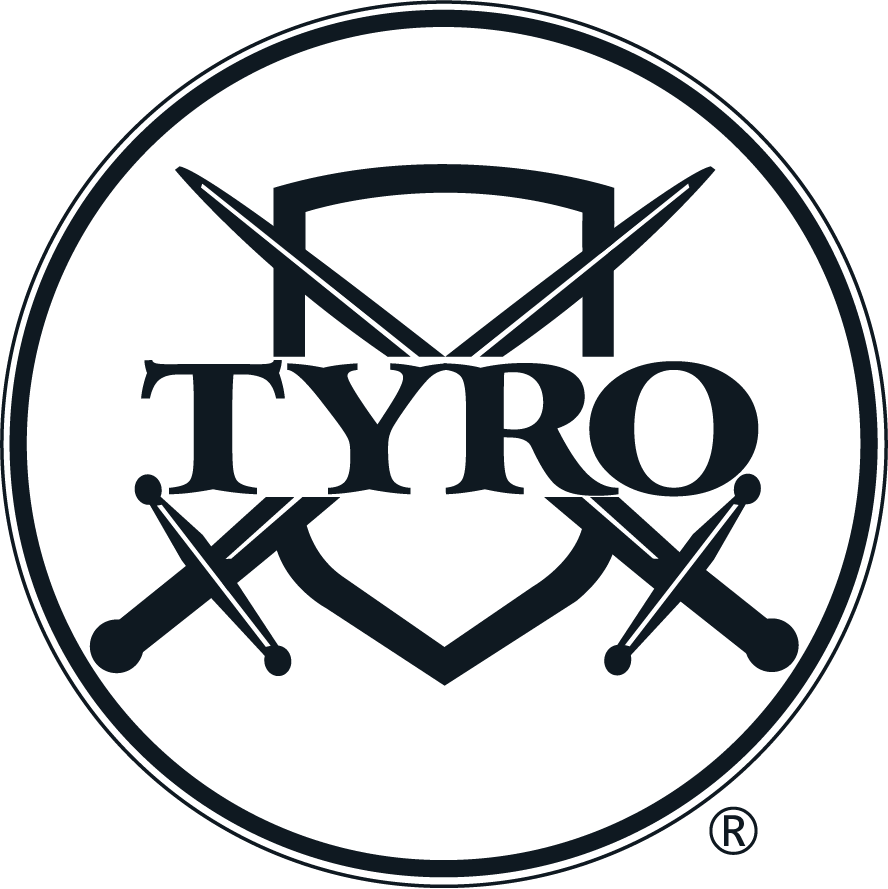We all know someone who is a great leader. As a matter of fact, you probably know more than one. We see leaders every day, whether it’s at home, work, or just on the TV. But what makes a leader great? Well, it’s not a one answer fits all kind of deal. One of the key traits of a great leader is someone who can adapt their leadership style to fit the best for those they’re leading. Here is a list of some of the most common leadership styles that you can use.
Democratic:
Democratic leaders use a leadership style that desires input from all members of the team. This leadership style allows everyone to have a voice and say in how to go about doing a particular task. This leadership style is great for team morale because everyone, regardless of their position on the team, gets to have input. It makes everyone on the team feel valued and is an excellent form of leadership.

Autocratic:
The autocratic leadership style is the exact opposite of democratic. This leadership style is when the leader makes all the decisions without any input from the rest of the team. The leader is rarely a good thing today, as it usually hurts team morale because most teams want to have a say in how the team’s task should be accomplished.
Transformational:
A transformational leadership style is one where the leader challenges their followers. This leadership style is meant to focus on the vision of the team or the big picture. A leader using this style will really focus on motivating their team to achieve the big picture (vision). Typically, team morale is very high with this style, but it can lead to slow progress if too much time is spent trying to motivate the team and seeks too much feedback.
Transactional:
The transactional leadership style is incentive-based with performance being the key factor. These types of leaders offer rewards for certain levels of performance (goals) being met. This leadership style is good for letting employees know what their work will get them, motivation, and team morale. However, the downside is that it can be too focused on the short-term and not the long-term.
Laissez-faire:
Laissez-faire is a hands-off style. A leader using this style typically is one that has full confidence in the team they have around them. The leaders may delegate tasks out but allow their team to have the freedom to accomplish it in their own way or with very little supervision.
Coach-Style:
The coach-like style is a very common leadership style. It is motivation-heavy, as the leader looks to inspire their team to increase productivity. This type of leader puts team members in positions to utilize their strengths, improve on their weaknesses while using various forms of motivation to inspire them towards improvement.


